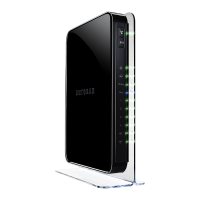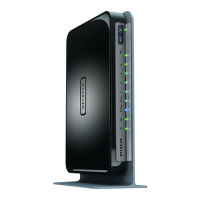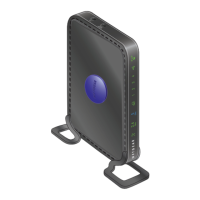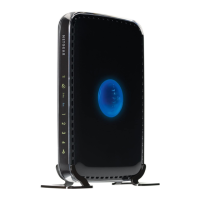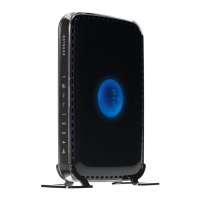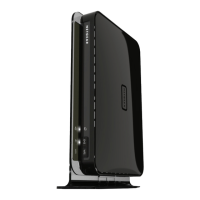Introduction
8
ProSafe Dual Band Wireless-N Access Point WNDAP360
Key Features and Standards
The ProSafe Dual Band Wireless-N Access Point WNDAP360 is easy to use and provides
solid wireless and networking support. It also offers a wide range of security options.
Supported Standards and Conventions
The ProSafe Dual Band Wireless-N Access Point WNDAP360 supports the following
standards and conventions:
• S
tandards compliance. The wireless access point complies with the IEEE 802.11a/b/g
standards for wireless LANs, and is Wi-Fi certified for 802.11n standard.
• Ful
l WPA and WPA2 support. The wireless access point provides WPA and WPA2
enterprise-class strong security with RADIUS and certificate authentication as well as
dynamic encryption key generation. The WPA-PSK and WPA2-PSK preshared key
authentication is without the overhead of RADIUS servers but with all of the strong
security of WPA.
• Multiple
BSSIDs. The wireless access point supports multiple BSSIDs. When a wireless
access point is connected to a wired network and a set of wireless stations, it is called a
basic service set (BSS). The basic service set identifier (BSSID) is a unique identifier
attached to the header of packets sent over a WLAN that differentiates one WLAN from
another when a mobile device tries to connect to the network.
The multiple BSSID feature allows you to configure up to eight SSIDs on your wireless
access point an
d assign different configuration settings to each SSID. All the configured
SSIDs are active, and the network devices can connect to the wireless access point by
using any of these SSIDs.
• DHCP client
support. DHCP provides a dynamic IP address to PCs and other devices
upon request. The wireless access point can act as a client and obtain information from
your DHCP server; it can also act as a DHCP server and provide network information for
wireless clients.
• SNMP Supp
ort. Support for Simple Network Management Protocol (SNMP)
Management Information Base (MIB) management.
• 802.1
Q VLAN (virtual LAN) support. A network of computers that behave as if they are
connected to the same network even though they might actually be physically located on
different segments of a LAN. VLANs are configured through software rather than
hardware, which makes them extremely flexible. VLANs are very useful for user and host
management, bandwidth allocation, and resource optimization.
